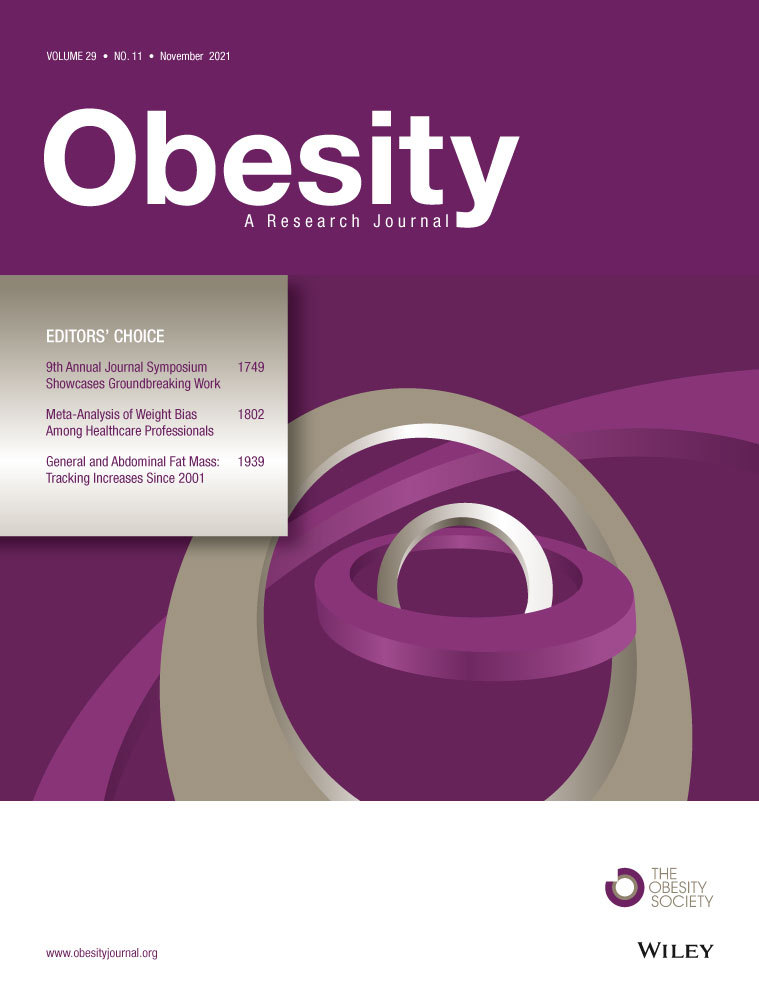A role for the early pregnancy maternal milieu in the intergenerational transmission of obesity
Funding information
R01 DK099175; P30 DK072476; U54 GM104940. LMR, EWF, and ADA are funded in part by R01 NR017644 and R01 DK124806.
Abstract
Objective
Maternal obesity increases the risks for adverse pregnancy and offspring outcomes but with large heterogeneity. This study examined changes to the maternal metabolic milieu across pregnancy in women with obesity. It identified differences between a metabolically unhealthy obesity (MUO) phenotype and a metabolically healthy obesity (MHO) phenotype, as well as the differences in offspring adiposity between the two metabolic phenotypes.
Methods
In early pregnancy, women were classified with MHO (n = 13) or MUO (n = 9) based on the presence of zero or ≥2 risk factors for metabolic syndrome, respectively (systolic blood pressure > 130 mm Hg or diastolic blood pressure > 85 mm Hg, HDL cholesterol < 50 mg/dL, LDL cholesterol ≥ 100 mg/dL, triglycerides ≥ 150 mg/dL, and glucose ≥ 100 mg/dL). Area under the pregnancy concentration curve for glucose and triglycerides measured at early (13-16 weeks), mid- (24-27 weeks), and late (35-37 weeks) pregnancy, gestational weight gain (GWG), energy expenditure, maternal fat accretion, and infant body composition were compared.
Results
Maternal BMI, GWG, and fat accretion did not differ between MUO and MHO. Women with MUO had a greater area under the pregnancy concentration curve for glucose (+2,170 [382] mg/dL·day, p < 0.001) and triglycerides (+12,211 [3,916] mg/dL·day, p < 0.001). There were no differences in late-pregnancy total daily energy expenditure, but activity energy expenditure was significantly lower in MUO (−403 [144] kcal). MUO offspring had greater weight (+621 [205] g, p = 0.01) and adiposity (+5.8% [2.1%], p = 0.02) at 1 week of life but showed no differences in fat-free mass.
Conclusions
Independent of GWG, MUO resulted in heightened exposure of fetal fat-promoting substrates. Differing metabolic phenotypes may explain heterogeneity of offspring adiposity born to women with obesity.
CONFLICT OF INTEREST
The authors declared no conflict of interest.





